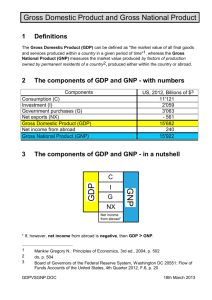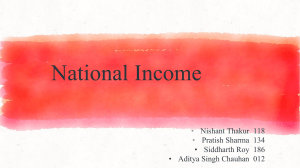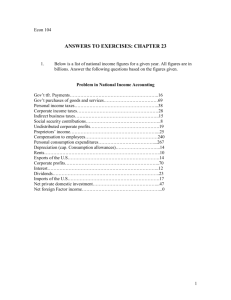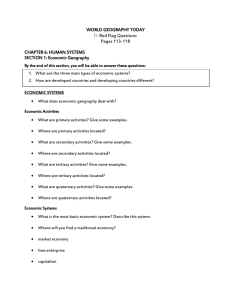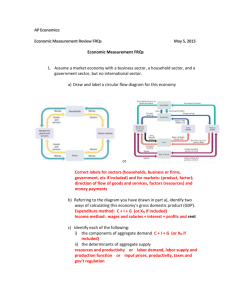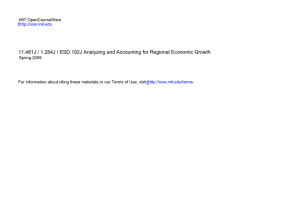QUANTITATIVE INDICATORS OF NATIONAL POWER
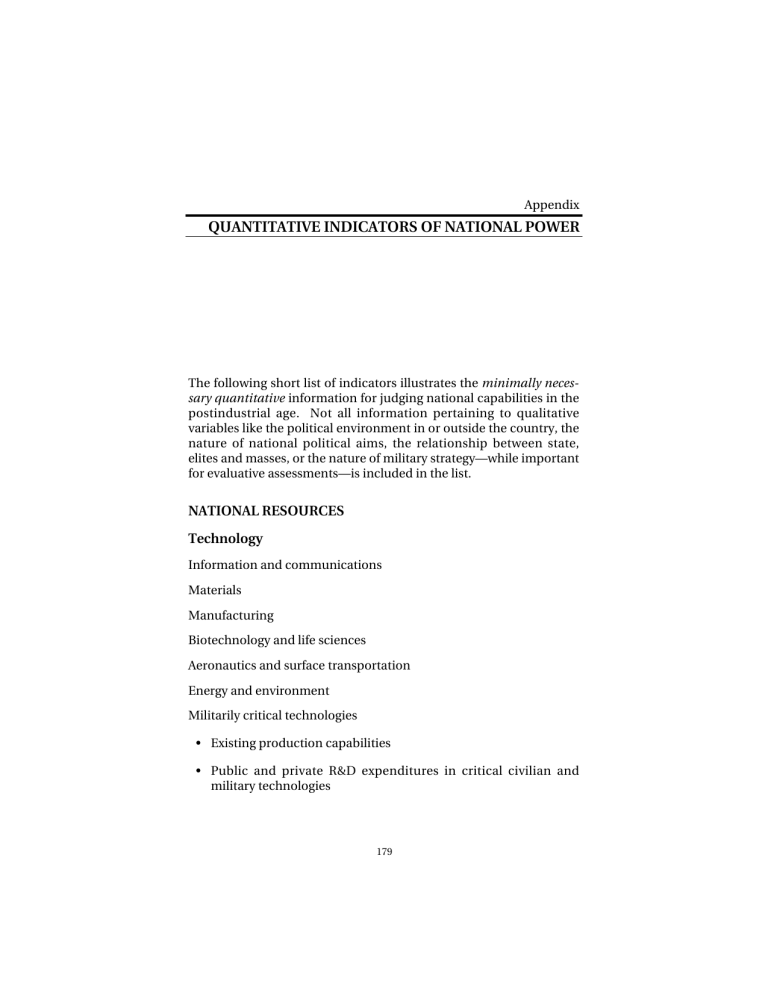
Appendix
QUANTITATIVE INDICATORS OF NATIONAL POWER
The following short list of indicators illustrates the minimally necessary quantitative information for judging national capabilities in the postindustrial age. Not all information pertaining to qualitative variables like the political environment in or outside the country, the nature of national political aims, the relationship between state, elites and masses, or the nature of military strategy—while important for evaluative assessments—is included in the list.
NATIONAL RESOURCES
Technology
Information and communications
Materials
Manufacturing
Biotechnology and life sciences
Aeronautics and surface transportation
Energy and environment
Militarily critical technologies
• Existing production capabilities
• Public and private R&D expenditures in critical civilian and military technologies
179
180 Measuring National Power in the Postindustrial Age
Enterprise
Capacity for invention
• Gross public and private expenditure in R&D
• Gross public and private expenditure in R&D/GNP
• Level of domestic/U.S. patenting in critical technologies
Capacity for innovation
• Number of patents adopted for manufacture
Diffusion of innovation
• Level of nationwide IT connectivity
• Number of trade/industry research organizations
Human Resources
Formal education
• Gross public and private expenditure on education
• Gross public and private expenditure on education/GNP and gross public and private expenditure on education per capita
• Gross public and private expenditure on education by level: primary; secondary; tertiary; vocational; continuing
• Enrollment and attainment rates by level (including foreign enrollment)
• Composition of specialization at secondary and tertiary and by category: math and physical sciences-biological sciencesengineering-social sciences and behavioral sciences-arts and humanities
• Number of specialized research institutes (especially in critical technology areas)
Quantitative Indicators of National Power 181
Financial/capital resources
Extent of savings
• Level of public and private saving/GNP
• Level of foreign direct and portfolio investment
Aggregate growth
• Size and growth rate of GNP and size and growth rate of GNP per capita
Sectoral growth
• Relative sector outputs and growth rates of different sectors
(especially manufacturing and “knowledge production” sectors)
Physical resources
Energy
Critical minerals
• Level of domestic production and extent of foreign access
NATIONAL PERFORMANCE
Infrastructural capacity
Ratio of direct and indirect/international trade taxes
Ratio of nontax revenue/direct taxes
Actual tax revenue/taxable capacity measured relative to comparable peers
Ideational resources
National performance in TIMSS tests
Levels of public finance support for R&D and investment in critical technologies
182 Measuring National Power in the Postindustrial Age
Levels of public finance support for investment in human capital formation
MILITARY CAPABILITY
Strategic resources
Absolute size of defense budget
Size of defense budget relative to GNP and comparable peers
Education attainment levels of enlisted and officer corps
Number of combat RDT&E institutions
Number of advanced training facilities
Holdings of high-leverage combat systems
Conversion capability
Extent of military training abroad
Number of high-level joint military exercises
Combat proficiency
Various technology and integration indicators
